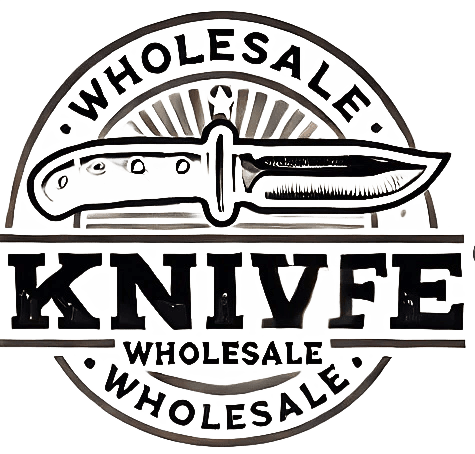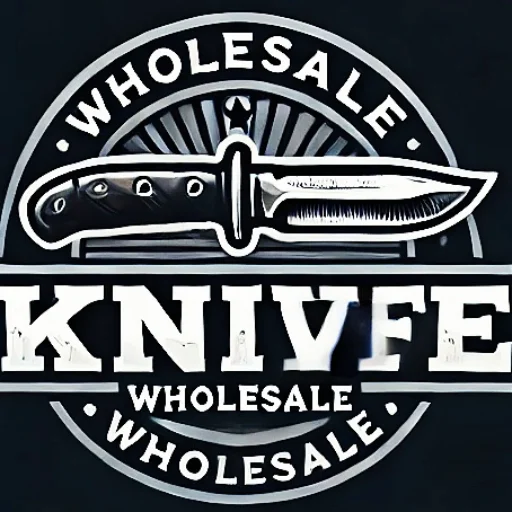Introduction To Kubaton: A Versatile Self-Defense Tool
In an unpredictable world, personal safety is a paramount concern for many individuals. The need for effective self-defense measures has led to the emergence of various tools and techniques that empower people to protect themselves in potentially dangerous situations. One such tool gaining popularity is the Kubaton, a compact and versatile self-defense device. Originating from Japan, the Kubaton is a small, cylindrical tool typically made from durable materials like metal or hard plastic.
Designed with simplicity and effectiveness in mind, it can be easily carried on a keychain or concealed in a pocket, making it readily accessible whenever needed. Despite its unassuming appearance, the Kubaton possesses remarkable defensive capabilities due to its concentrated force when properly applied. This introduction will delve into the various aspects of the Kubaton as a self-defense tool.
Showing 1–12 of 21 resultsSorted by price: high to low
Brass Slub Pen Retro Bolt Gel Pen Tactical Self Defense Supplies Personal Emergency Defense Tool Security Protection EDC Tool
$8.95Multi-function Spinner Self Defense Tactical Pen Flashlight Emergency Glass Breaker Outdoor Survival EDC Tools Drop Ship
$8.955-in-1 Multifunction Self-Defense Pen AluminumAlloy Tactical Pen Survival Whistle Emergency Lighting Attack Rescue Escape Tool
$8.95T-7 Double Tungsten Steel Head Tactical Defense Pen Glass Breaker EDC Tactical Survival Pens Multifunction LED Lighting Pen
$5.99Multifunctional Tactical Pen Self Defense Women Defending Flashlight Aluminum Screwdriver Corkscrew Protect Survival Accessories
$5.99Creative Vintage Brass Ballpoint Pens Handmade Matel Signature Pen Office Business Gift Stationery Supplies
$4.99Practical Tactical Pen Tungsten Steel Glass Breaker Self Defense Tactical Survival Pens Multifunction Brass Whistle Defence Pen
$3.99New Portable Tactical Pen Self Defense Supplies
$3.99History And Origins Of The Kubaton | |
The history and origins of the Kubaton can be traced back to ancient Japan, where it was developed as a self-defense tool by the Samurai warriors. Originally known as the "Kubotan," it was created by Soke Takayuki Kubota in the late 1960s. Inspired by traditional Japanese martial arts techniques, Kubota designed this small, handheld weapon to enhance an individual's striking power and improve their ability to defend against attackers. | |
Derived from the word "Kubota" and "Tonfa," a traditional Okinawan weapon, the Kubaton quickly gained popularity among law enforcement agencies worldwide due to its compact size and effectiveness in close-quarters combat situations. Its evolution over time has led to various modifications, including different materials like aluminum or polymer construction for enhanced durability. Today, the Kubaton is widely recognized as a practical self-defense tool that can be easily carried on keychains or concealed within one's hand. | |
| |
The kubaton, also known as a pocket stick or self-defense keychain, is a small handheld tool designed for personal safety and protection. It typically measures around five inches in length and is made from strong materials such as metal or hard plastic. The design of a kubaton is simple yet effective, featuring a cylindrical shape with a slightly tapered end. The structure of a kubaton enhances its functionality in self-defense situations. | |
Its compact size allows for easy concealment, making it an ideal everyday carry item. The tapered end serves multiple purposes - it can be used to strike pressure points or vulnerable areas on an attacker's body, increasing the chances of disabling them temporarily. Furthermore, some kubatons have textured surfaces or grooves to provide better grip during use, ensuring that the user maintains control over the tool even in high-stress situations. | |
| |
1. Grip and Stance: Before employing a kubaton, it is crucial to establish a firm grip on the weapon. Hold the kubaton with your dominant hand, ensuring your fingers wrap around it snugly to maximize control and prevent it from being easily disarmed. Adopting a stable stance, with feet shoulder-width apart and knees slightly bent, further enhances your balance and power. | |
2. Strikes: The kubaton's primary function is to amplify strikes by focusing force onto specific target areas. Aim for vulnerable spots like the eyes, throat, groin, or joints. Utilize quick jabs or thrusts using the end of the kubaton while maintaining focus on accuracy and precision. 3. Pressure Points: Familiarize yourself with pressure points on the human body, as targeting these can immobilize an assailant effectively. | |
| |
When it comes to self-defense, the kubaton proves to be an invaluable tool. However, mastering advanced techniques is crucial for maximizing its effectiveness. To begin with, understanding pressure points is essential. By targeting vulnerable areas like the eyes, throat, or solar plexus with precise strikes, you can quickly incapacitate an attacker. Moreover, learning how to leverage your body weight and momentum while using the kubaton can significantly enhance your strikes. | |
Utilizing joint locks and submission holds can also prove advantageous when facing a stronger opponent. In addition to physical techniques, mental preparedness plays a vital role in advanced self-defense strategies. Developing situational awareness enables you to identify potential threats and avoid dangerous situations altogether. Furthermore, honing your reflexes through regular training ensures quick reaction times during high-stress encounters. | |
| |
Legal Considerations: Where is it Allowed to Carry a Kubaton? Before carrying a kubaton, it is essential to be aware of the legal restrictions surrounding its possession and use. While laws vary across jurisdictions, it is generally permitted to carry a kubaton for personal safety in most countries. However, specific restrictions may apply depending on the location and circumstances. In many regions, carrying a kubaton as a self-defense tool is legal for individuals who are not prohibited from possessing weapons. | |
However, caution should be exercised when entering certain areas such as airports, government buildings, or schools where strict regulations may prohibit the possession of any weapon-like object. It is advisable to research local laws and regulations regarding self-defense tools before carrying a kubaton in public. Additionally, understanding the legal definitions of "weapons" or "prohibited devices" within your jurisdiction can help you stay compliant with the law while ensuring your personal safety remains paramount. | |
| |
In conclusion, the kubaton can be an effective self-defense tool with various benefits but also has its limitations. One of the key advantages of using a kubaton is its compact size, allowing for easy concealment and accessibility. Its simple design and lightweight nature make it suitable for individuals of all ages and physical abilities. Moreover, the kubaton's pointed tip can deliver significant impact when used correctly, making it an efficient tool for striking vulnerable areas. | |
However, it is important to recognize that the effectiveness of a kubaton largely depends on proper training and technique. Without adequate knowledge on how to use it effectively, individuals may not fully harness its potential as a self-defense weapon. Additionally, while the kubaton can provide some level of defense against unarmed assailants or surprise attacks, it may not be as effective against armed or highly skilled attackers. |




